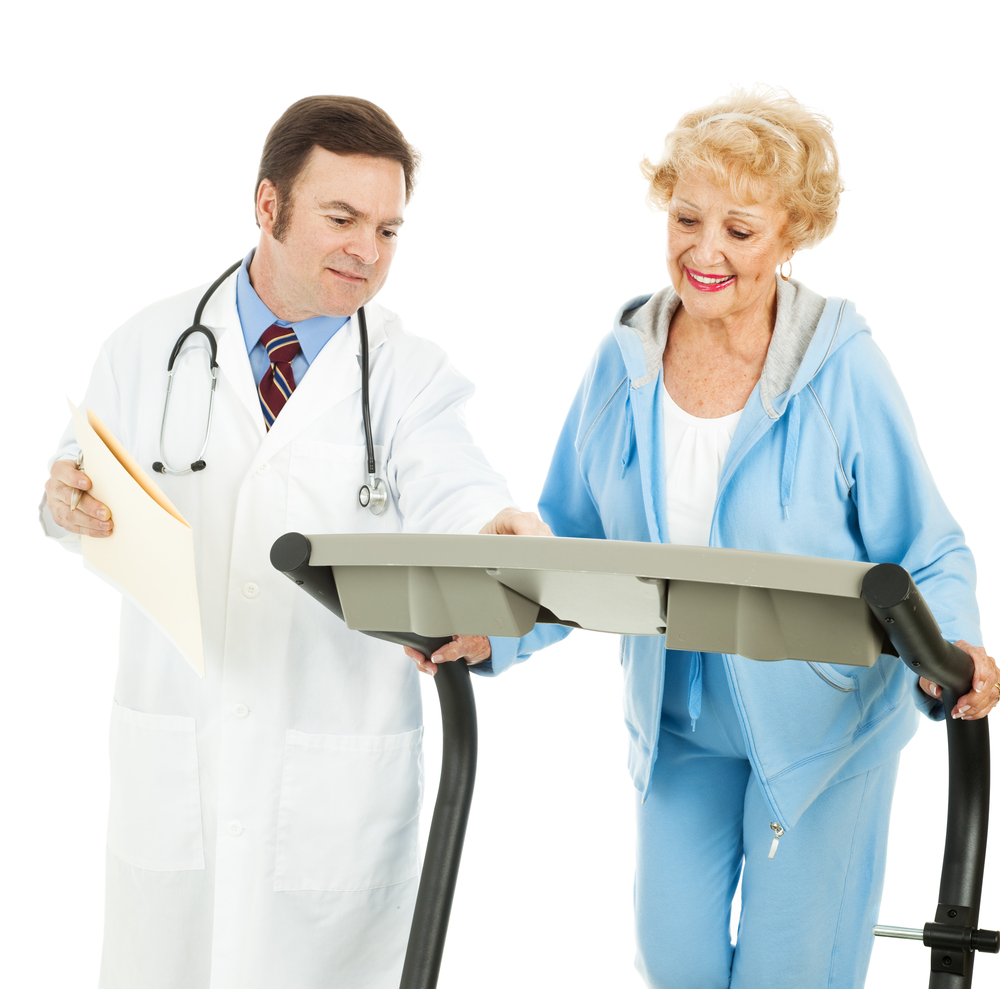Wives of Parkinson’s Patients are More Impaired in Postural Stability from Caretaking, Study Finds

Wives who take care of husbands with Parkinson’s disease have greater impairments in their stability while standing than housewives or more active women of the same age, a study shows.
The research, “Postural stability in Parkinson’s disease patients’ wives and in elderly women leading different lifestyles,” appeared in the journal Health Care for Women International.
Increased impairment of posture and gait that comes with aging results from alterations in the central nervous system — brain and spinal cord — muscle and joint dysfunction, deteriorated physical capability, and other health issues.
The level of physical activity in the elderly is varied and associated with their lifestyle, responsibilities, and support. While some are able to participate in various forms of physical activity, others spend significant time doing housework or caretaking, and so don’t have opportunities to be physically active.
“This type of activity (housework) certainly is not conducive to the health of the caregivers and some aspects of it can be destructive both physically and mentally,” the study stated.
Parkinson’s patients require permanent care as their movements are unstable and slow. Their caregivers’ own stability may be affected, especially if the patient’s postural balance in impaired, and there’s an increased risk for falls.
“The (Parkinson’s) patient is hunchbacked and leans forward, making rising and sitting difficult,” the researchers wrote.
In the study, Polish researchers compared the postural stability of wives of Parkinson’s patients to that of women doing higher physical activity — students of the University of the Third Age (U3A; adult education movement for retired individuals) — or average physical activity (housewives).
A total of 128 unemployed women were included: 44 were wives of Parkinson’s patients (with a mean age of 66.5 years), 43 were U3A students (68.0 years), and 41 were housewives (65.6 years).
When not housekeeping, the wives of Parkinson’s patients spent their time caring for their husbands and resting. U3A students participated in organized activities twice a week, such as dance, exercises, nordic walking, or swimming. Housewives preferred to spend their time resting passively, which could be watching TV, reading, or chatting with family and friends.
Scientists assessed the women’s balance using a so-called stabilometric platform. Each participant was tested twice for 30 seconds. While one test included complete postural control with eyes open, the second was under conditions that limited postural control, with eyes closed.
The women stood on the platform in a relaxed and upright position, with their upper limbs hanging loosely. They were barefoot and dressed lightly. During the trial with eyes open, the women were asked to focus on a fixed point — a circle with a 15-centimeter diameter and a line through it, which was hanging on the wall three meters away.
No woman had difficulty standing due to neurological, orthopedic, or other issues. An assistant stood behind the participants to prevent falls.
The stability parameters analyzed were the mean velocity of center of pressure (COP) displacement (which measures postural balance); COP velocity in the sagittal plane (the one that divides the body into left and right halves) and frontal plane (front and back); and sway range in sagittal plane — mainly controlled by the ankles — and frontal plane directions, which depends mainly on the control of hip joints. The COP is the point where the sum of all forces on the body act, including gravity.
The wives of Parkinson’s patients were the tallest, and each had a lower body mass index, with none obese, than the other participants. Nearly 30% of housewives and U3A students were overweight.
As for postural balance, the wives of Parkinson’s patients had significantly higher values of mean velocity, displacement velocity, and sway range than housewives and students, which means they had greater impairment in balance. In contrast, U3A students, who engaged in regular organized physical activities, had the slowest velocity and lowest sway.
“It can be thus supposed that engagement in physical activity has positive effect on balance of older adults,” the scientists wrote.
However, the housewives and students showed greater differences in displacement velocity with eyes closed versus open, compared with the wives of patients.
“Surprisingly, compared to the other women, the wives of (Parkinson’s) patients did very well with eyes closed in terms of frontal plane sway,” the researchers said. “This may be the ‘practice effect’ of the long-term strength as well as the motion coordination required for caring for the (Parkinson’s) patients, who are typically characterized by instability.”
“The study results clearly point to the fact that the Parkinson’s disease patients’ wives require support in the form of balance enhancing training,” the team concluded. “Therefore, undertaking any form of physical activity aiming at redressing postural stability deficits would be beneficial for (this) group of women.”






